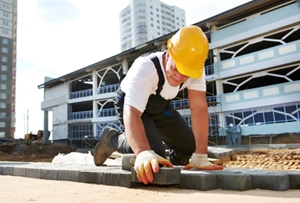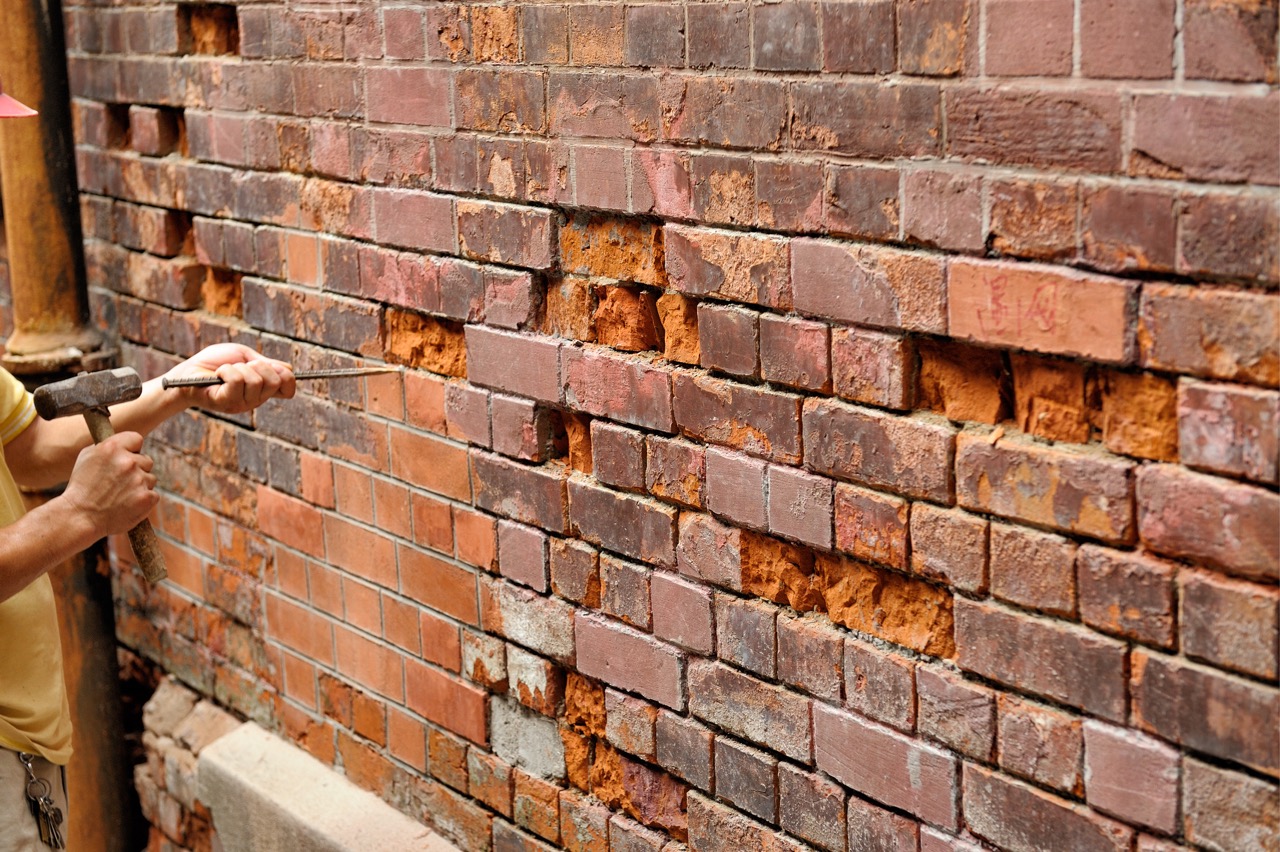Chimney Flashing and Cap Repair: Secure Your Home from Components
Chimney Flashing and Cap Repair: Secure Your Home from Components
Blog Article
Unlocking the Secrets of Sustainable Masonry Building Practices for Eco-Friendly Buildings
Among the myriad strategies to environment-friendly building, sustainable masonry building stands out as a time-tested and sturdy technique that holds a riches of untapped capacity. From the choice of materials to cutting-edge building and construction strategies, the tricks to accomplishing sustainability within masonry building are complex and interesting.
Advantages of Lasting Stonework Construction
Welcoming lasting stonework building and construction techniques not just lowers ecological influence yet additionally uses lasting financial advantages to home builders and areas. By making use of products like recycled blocks, obstructs, and rocks, building contractors can dramatically decrease the carbon footprint of their jobs while advertising source performance. Additionally, lasting stonework building and construction techniques, such as appropriate insulation and thermal mass homes, can improve power performance within structures, leading to decreased functional expenses in time.
Additionally, the durability and resilience of stonework frameworks contribute to long-lasting economic advantages. Buildings built making use of lasting stonework methods often require much less upkeep and repair work, equating to cost financial savings for building contractors and property proprietors. The longevity of masonry products also guarantees that frameworks continue to be stable and safe and secure, minimizing the requirement for regular renovations or substitutes.
Eco-Friendly Stonework Products
Making use of environmentally friendly stonework materials is a pivotal step towards enhancing the sustainability of building techniques and decreasing ecological influence while taking full advantage of lasting financial benefits. Lasting masonry materials are sourced, created, and utilized in a manner that decreases total ecological impact. Sustainable concrete obstructs integrate recycled accumulations and may include better insulation properties, adding to energy performance in structures.
Furthermore, all-natural materials like adobe, rammed earth, and straw bales supply outstanding thermal mass homes, lowering the need for heating and cooling down power. These materials are frequently in your area available, promoting local economic climates and minimizing transportation-related carbon exhausts. By choosing eco-friendly masonry materials, building projects can dramatically reduce their environmental impact and add to the creation of much healthier, more sustainable built atmospheres.
Energy-Efficient Stonework Techniques
Energy efficiency plays a critical role in boosting the sustainability of masonry building and construction methods. One vital energy-efficient stonework technique is the usage of thermal mass, which entails including dense materials like concrete or block into the structure's framework to absorb and save heat.

Innovations in Lasting Masonry
Recent advancements in sustainable masonry techniques have caused innovative methods that are improving the building and construction market. One such innovation is the advancement of self-healing concrete, which makes use of microorganisms installed within the concrete to heal fractures autonomously. This breakthrough not just minimizes upkeep prices however also improves the toughness of stonework structures, adding to their sustainability.
An additional notable why not check here advancement is the use of recycled accumulations in masonry building and construction - masonry contractor. By integrating products such as smashed ceramic waste or recycled glass right into concrete mixes, building contractors can minimize the environmental effect of building jobs while maintaining structural stability. This technique not only draws away waste from landfills however additionally conserves natural deposits, making it an essential improvement in sustainable masonry building and construction
In addition, the integration of digital style tools, such as Structure Information Modeling (BIM), is changing the method masonry frameworks are planned and constructed. BIM enables for more accurate estimations, decreased material wastefulness, and boosted power efficiency, eventually leading to even more lasting building methods. These technologies jointly represent a promising future for sustainable stonework construction in the period of eco-friendly structures.
Future Trends in Masonry Sustainability
With the ingenious strides made in lasting masonry methods, the future patterns in stonework sustainability are poised to original site additional transform the construction market. One of the crucial patterns shaping the future of masonry sustainability is the enhanced assimilation of modern technology. Developments such as Building Info Modeling (BIM) and virtual fact simulations are being made use of to maximize stonework building processes, bring about lowered product waste and boosted power performance in structures.
Furthermore, the development of novel sustainable materials is established to play a substantial duty in boosting the eco-friendliness of stonework building and construction. masonry contractor. Technologies like self-healing concrete, recycled accumulations, and bio-based binders are gaining traction for their capability to lessen ecological influence while keeping architectural honesty

Final Thought
To conclude, sustainable masonry building techniques supply various advantages for environment-friendly structures. By utilizing environmentally friendly materials and energy-efficient methods, masonry can contribute to a more sustainable built environment. Technologies in lasting stonework are continually being created to better boost the ecological efficiency of buildings. Looking towards the future, the trend of stonework sustainability is expected to expand, bring about even more eco-friendly and energy-efficient building and construction practices in the years to come.
Report this page